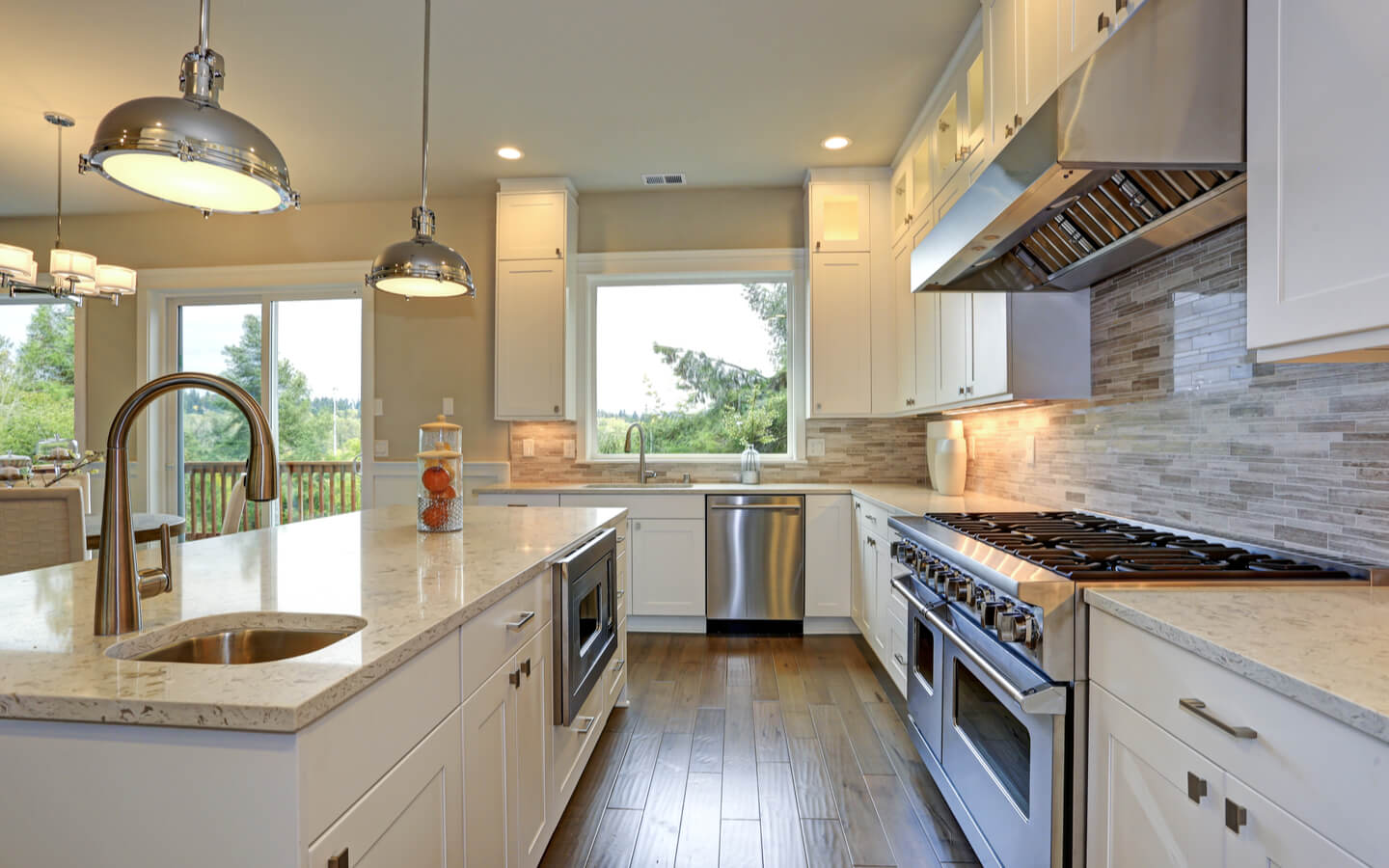In a world bustling with complexity and distractions, the concept of minimalism has emerged as a breath of fresh air in various aspects of life, including architecture. Minimalist house designs embody simplicity, functionality, and an innate sense of tranquility. Stripping away the superfluous elements, these homes focus on essential forms, clean lines, and a harmonious integration with their surroundings. In this essay, we explore the captivating allure of minimalist house designs, their key characteristics, and the impact they have on our lives. At its core, minimalism in architecture aims to create spaces that are uncluttered, serene, and emotionally resonant. The focus is not on what is lacking, but rather on what remains: a distilled essence that evokes a powerful response. These designs often embrace an open floor plan, allowing rooms to flow seamlessly into one another, promoting a sense of continuity and freedom. Large windows and glass walls become the canvas that seamlessly merges the interior with the exterior, bringing in an abundance of natural light and blurring the boundaries between indoors and outdoors.

Clean lines and simple geometric shapes form the backbone of minimalist house designs. Cubes, rectangles, and other basic forms take center stage, emphasizing the idea that less is more. This simplicity extends to the color palette, favoring neutral tones and monochromatic schemes to create a sense of visual harmony and unity. Occasionally, bold accents may be added to inject personality and emphasize certain architectural features. In a world plagued by materialism, minimalist house designs offer a respite from the constant pursuit of possessions. These spaces are characterized by thoughtful storage solutions that keep clutter out of sight, reinforcing the idea that true luxury lies in having only what is essential and meaningful. Every element within a minimalist home is carefully curated, promoting a deeper appreciation for the few items that make up its composition. Moreover, minimalist house designs have a profound impact on our well-being. The simplicity and openness of these spaces instill a sense of calm and serenity, providing a sanctuary from the chaos of the outside world.
With fewer distractions, occupants can focus on their thoughts, fostering creativity and introspection. The emphasis on natural light and the seamless integration of nature also contribute to a healthier living environment, promoting a deeper connection to the outdoors and improving overall mental and physical well-being. Functionality is paramount in minimalist house designs. Every aspect of the space is carefully planned and serves a purpose. Furniture is often multi-functional, maximizing utility while minimizing clutter. The emphasis on functionality also extends to sustainable practices, as minimalist homes often embrace energy-efficient technologies and eco-friendly materials, reducing their environmental footprint. As technology and urbanization continue to shape our world, the need for simplicity and balance becomes increasingly apparent. The desain rumah minimalis offers a compelling alternative to the often chaotic and overwhelming nature of contemporary living. These spaces encourage us to live with intention, to cherish the few essential elements that truly enrich our lives, and to cultivate a deeper appreciation for the beauty of simplicity.